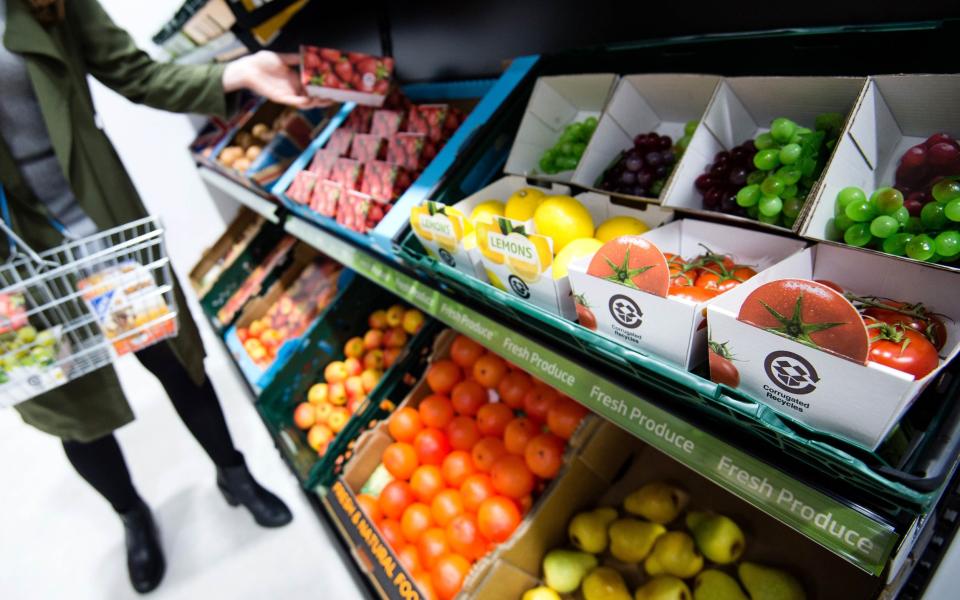Cardboard crisis looms as Putin's war threatens packaging shortages

One of the world's biggest paper makers has warned of shortages as mills scramble to secure enough wheat – a key part of the manufacturing process.
Starch from wheat, potatoes and other food is used to make paper for packaging. Wheat and starch prices have soared this year, risking the possibility of shortages, and governments are likely to have to prioritise food over paper if the situation persists.
Paper is becoming more common for food packaging and a shortage could mean a return to single-use plastics, which are harder to recycle.
Alex Manisty of DS Smith, the FTSE 100 packaging giant, said: “Corrugated board for cardboard boxes is absolutely critical for the food and drinks supply chain.
“The worry is that when we get into next year that there might be shortages. For big companies like us we have contracts in place, but it is definitely something that could be an issue.”
A shortage could mean disruption in food deliveries if alternatives are not found. Industry insiders acknowledge that food would prevail over paper if a choice must be made, but a collapse in cardboard supply probably means more plastics being used. Smaller firms lacking a secure starch supply could be hit first.
They hope governments will find ways to up supply and ease pricing, perhaps by halting tariffs so that cheap grain can be imported from the Americas.
Starch is used to bond the three layers of corrugated card together to give it strength.
DS Smith has agreements in place to obtain starch and there are no shortages yet. But as prices rise, concerns are growing that shortages could result.
Global food prices hit a new high last week, led by vegetable oil and grain prices as the war in Ukraine disrupted supplies.
The food price index for March from the US Food and Agriculture Organization rose to a third record-high in a row, up 34pc from a year ago.
Russia and Ukraine together grow almost a quarter of the world’s wheat and the conflict has disrupted harvests and planting in Ukraine, the fifth-biggest exporter. Those shortages will start to be felt in the coming year unless new sources are found.
Food-related protests have already erupted in Sri Lanka and last month World Trade Organisation head Ngozi Okonjo-Iweala warned that rioting could take place in poorer countries that import food as prices become unaffordable.
Synthetic starches are available but are more expensive and many mills are set up to use starch from food.
In common with many heavy industries, the paper industry is suffering large rises in raw material costs, including energy, while also attempting to decarbonise.
A months-long strike at pulp and paper mills in Finland owned by UPM has also put pressure on paper supplies. The strike was extended for another two weeks at the end of March.
Asset manager Abrdn was forced to delay a shareholder vote earlier this year because of a paper shortage that held up printing of a million 120-page documents.

 Yahoo Finance
Yahoo Finance 